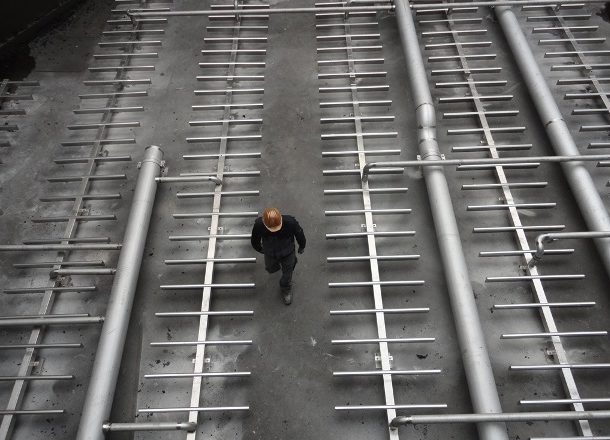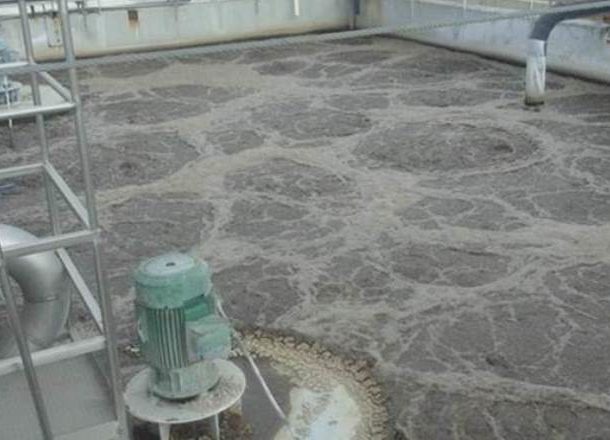INVENT Press Release
Wastewater coming from breweries is biologically and chemically heavily contaminated, the most important parameters being the biochemical oxygen requirement and sulfides that, when inadequately areated, can lead to olfactory problems (hydrogen sulfide). The federal government’s central wastewater processing agency stipulates strict maximum permissible values for the direct discharge of a brewery’s wastewater. Indirect discharge facilities are subject of different permissible values, varying partly depending on the specific communities. In any case, compliance with the permissible values is highly relevant for wastewater treatment plant operators in the vicinity of a brewery.
Many restrictions are to be observed with regard to treating a brewery’s wastewater. It has a high concentration of easily degradable organic compounds (BSB5), disinfectants are being used and the pH value is very fluctuant, as acidic and alkaline cleaning agents are alternated during the CIP (Cleaning In Place) processes. The occurring loads of harmful substances are diluted in the mixing and equalization tanks and leveled out with regard to the pH value. The water level in the compensating tanks fluctuates greatly and wastewater from a brewery tends to develop odors due to its high temperature (> 35 °C) and easily degradable components. Detergents (surfactants) from the CIP processes are often the reason for a reduced and insufficient oxygen transfer to the wastewater as a result of very low oxygen transfer factors (alpha values). These alpha values very much depend on the choice of aeration system that is applied. Additionally, wastewater from a brewery often contains diatomaceous earth, which is carried over from the filtration process and is very fine-grained and highly abrasive. It causes great wear and tear of the current mechanical equipment in the activated sludge tank, clogs pores of aeration membranes and causes abrasion of mechanical aerators.
The INVENT HYPERCLASSIC®-Mixer is an optimal choice for use in mixing and equalization tanks due to its suspension and homogenization characteristics. Because of the installation of the mixer close to the bottom of the tank its operating performance is not influenced by fluctuating water levels. Sedimentary deposits, e.g. of diatomaceous earth, are reliably eliminated in the mixing and equalization tanks, so that odors cannot occur. The HYPERCLASSIC®-Mixer excels in energy-efficient operation as well as high operational safety. Due to its robust construction the amount of maintenance and operational costs are both low.
An optimal solution for the oxygen transfer to activation tanks of a brewery is the INVENT iCBA®-Aeration System, a nonwearing stainless steel aerator. The arrangement and number of air outlet ports is optimized with the help of modern CFD (Computational Fluid Dynamics) methods. Detailed knowledge of fluid mechanical ratios in aerated tanks as well as targeted planning of the aerators’ arrangement allows for consistent aeration. This results in high oxygen transfer efficiency and energy-efficient and reliable operation.
When compared to other surface, submerged or membrane aerators, which struggle with corrosion and rotor damage as well as a too low oxygen transfer, the iCBA®-Aeration System offers energy conservation of up to 30% and a significantly higher operational safety. It is possible to successively exchange current systems with the iCBA®-Aeration System.
Abb.1: Activated sludge tank of TECATE Heineken wastewater treatment plant equipped with INVENT INVENT iCBA®-Aeration Systems. On the left, in front, the now inoperative surface aerator (Source: Cuauhtémoc Heineken Mexico)
Abb. 2: INVENT iCBA®aerator installed in activated sludge tank (Source: INVENT)




